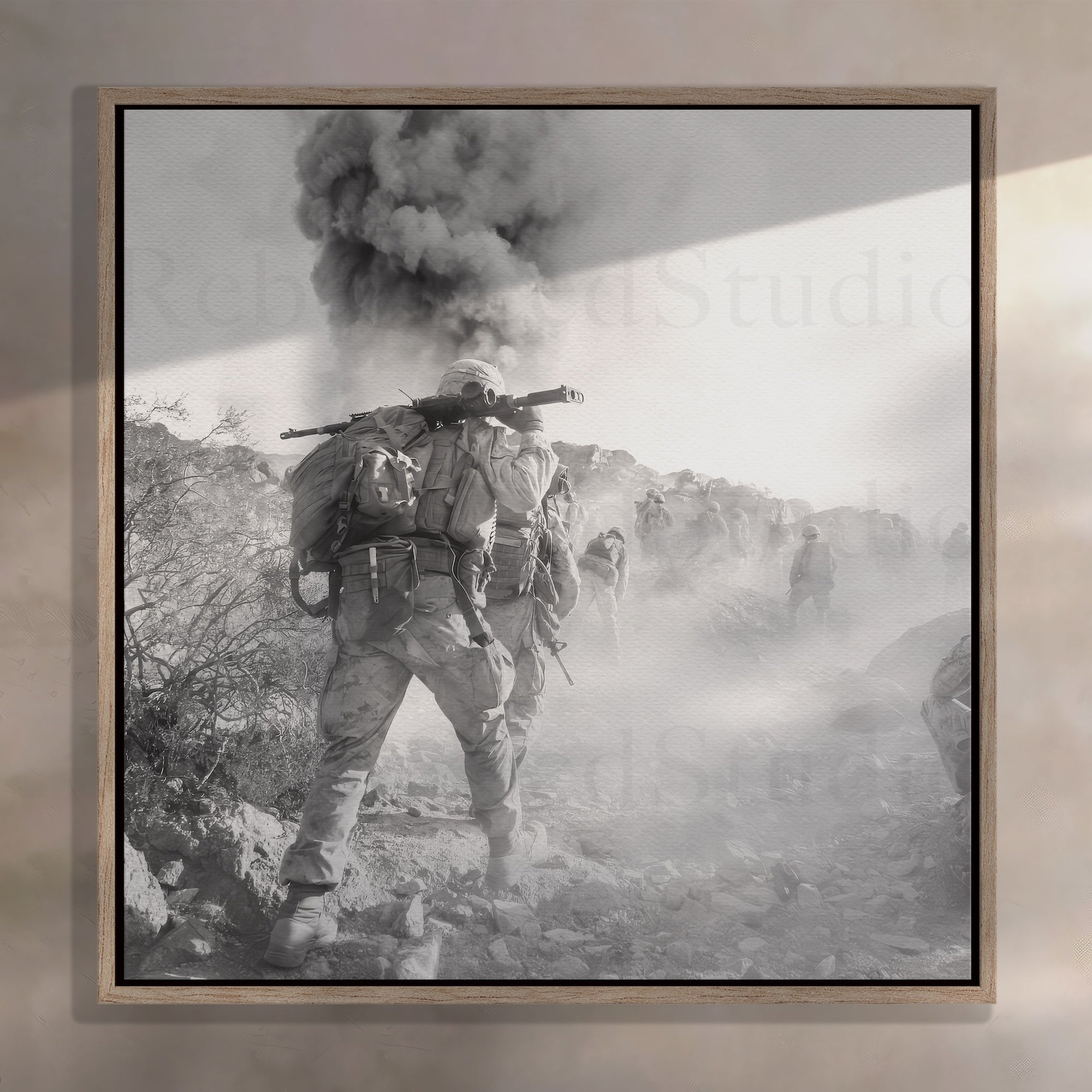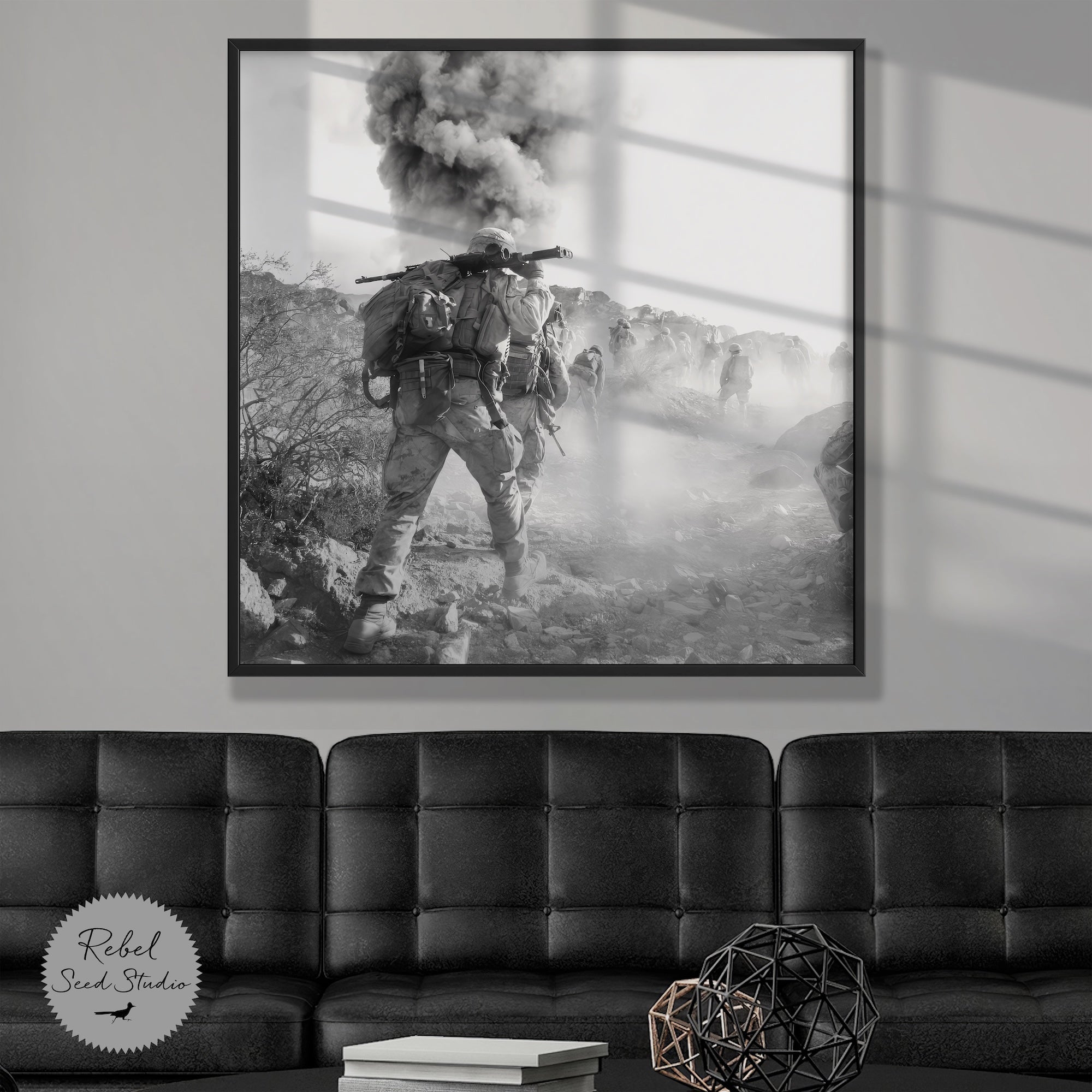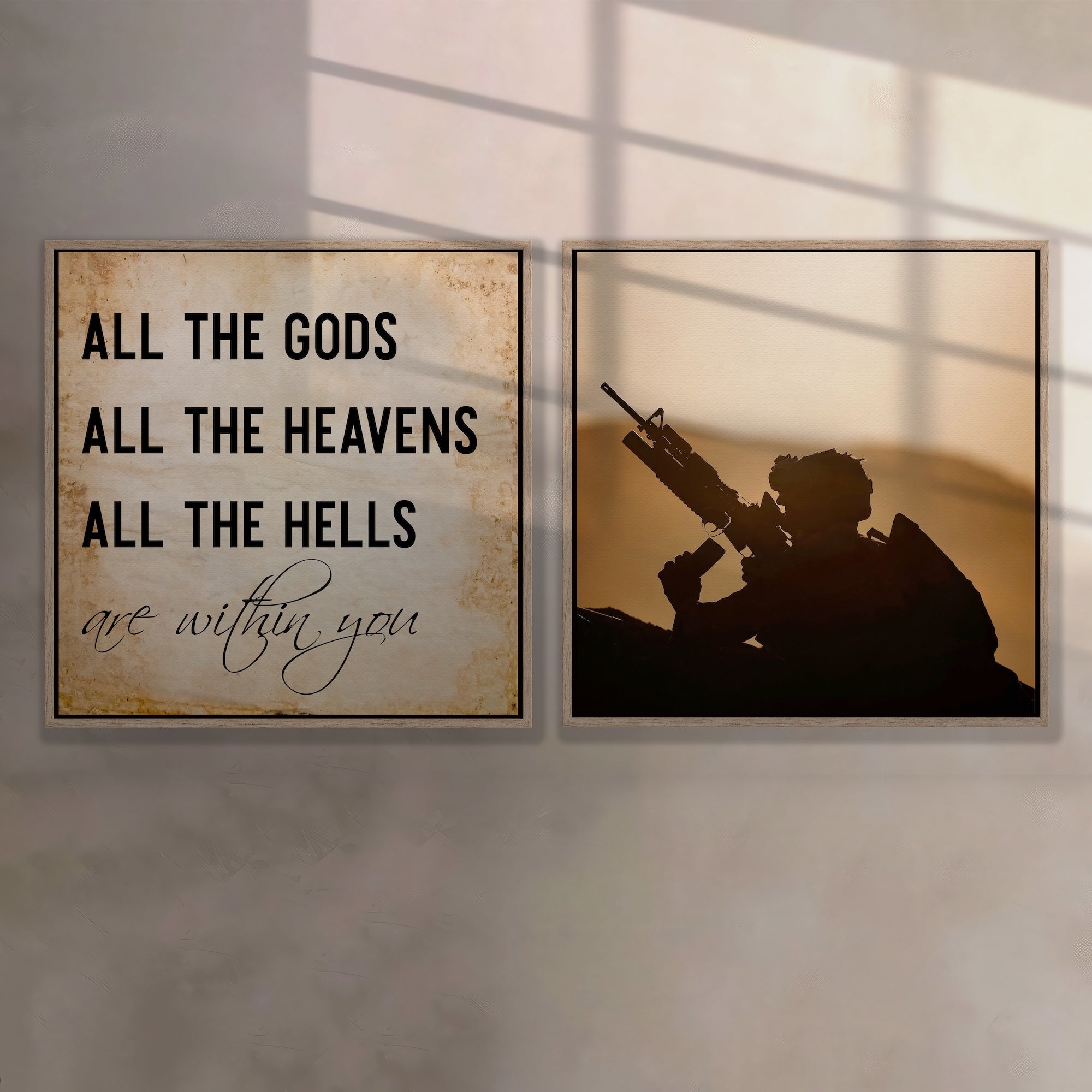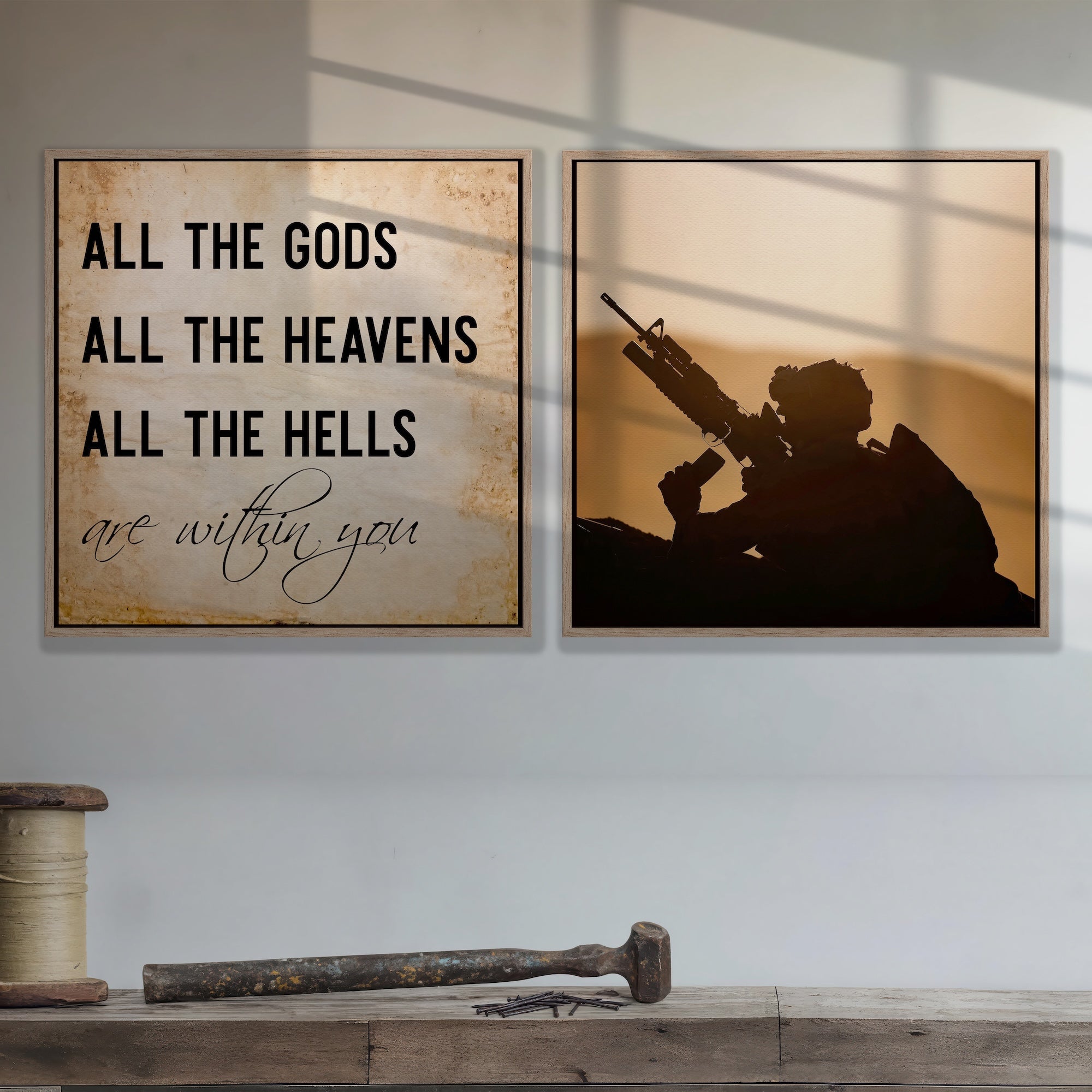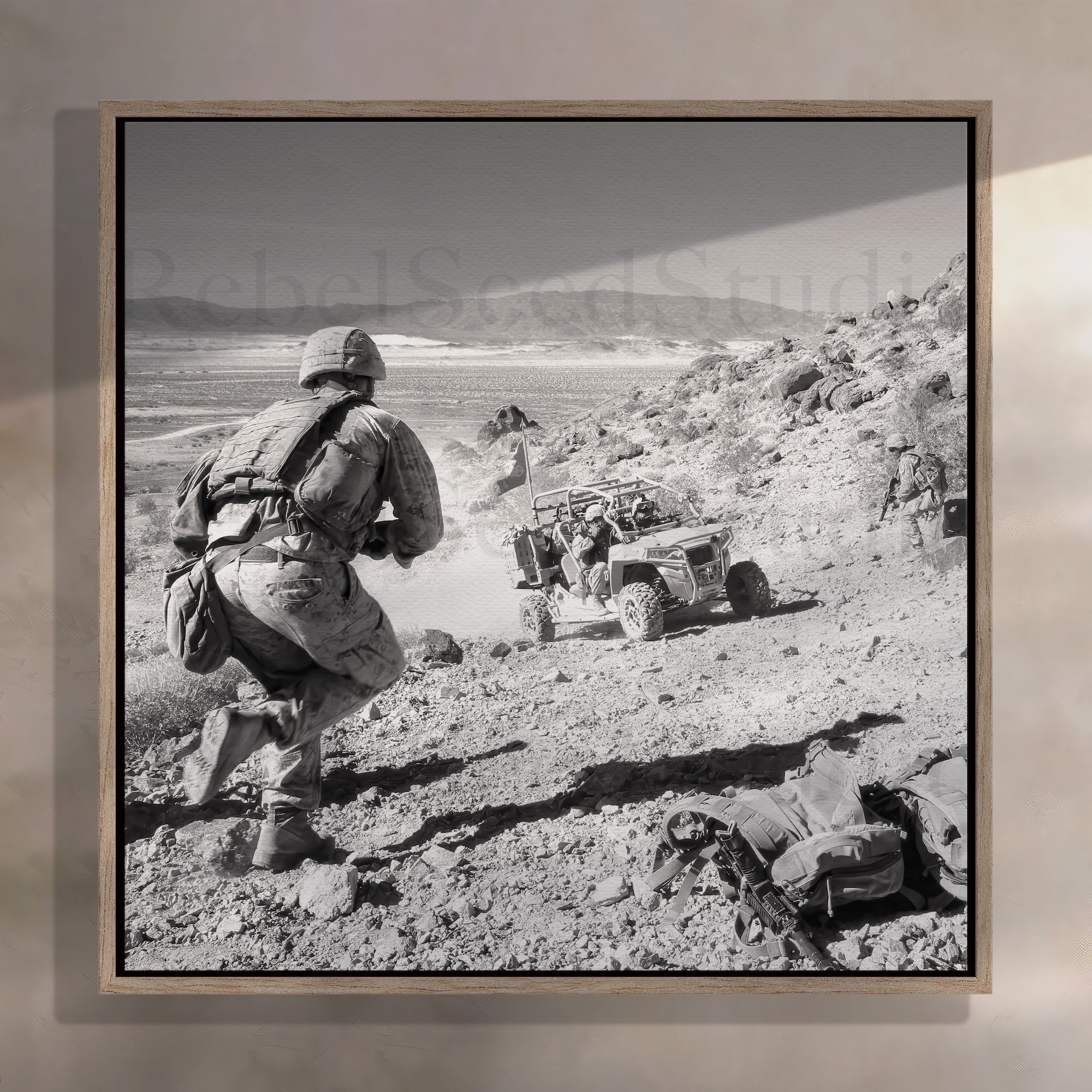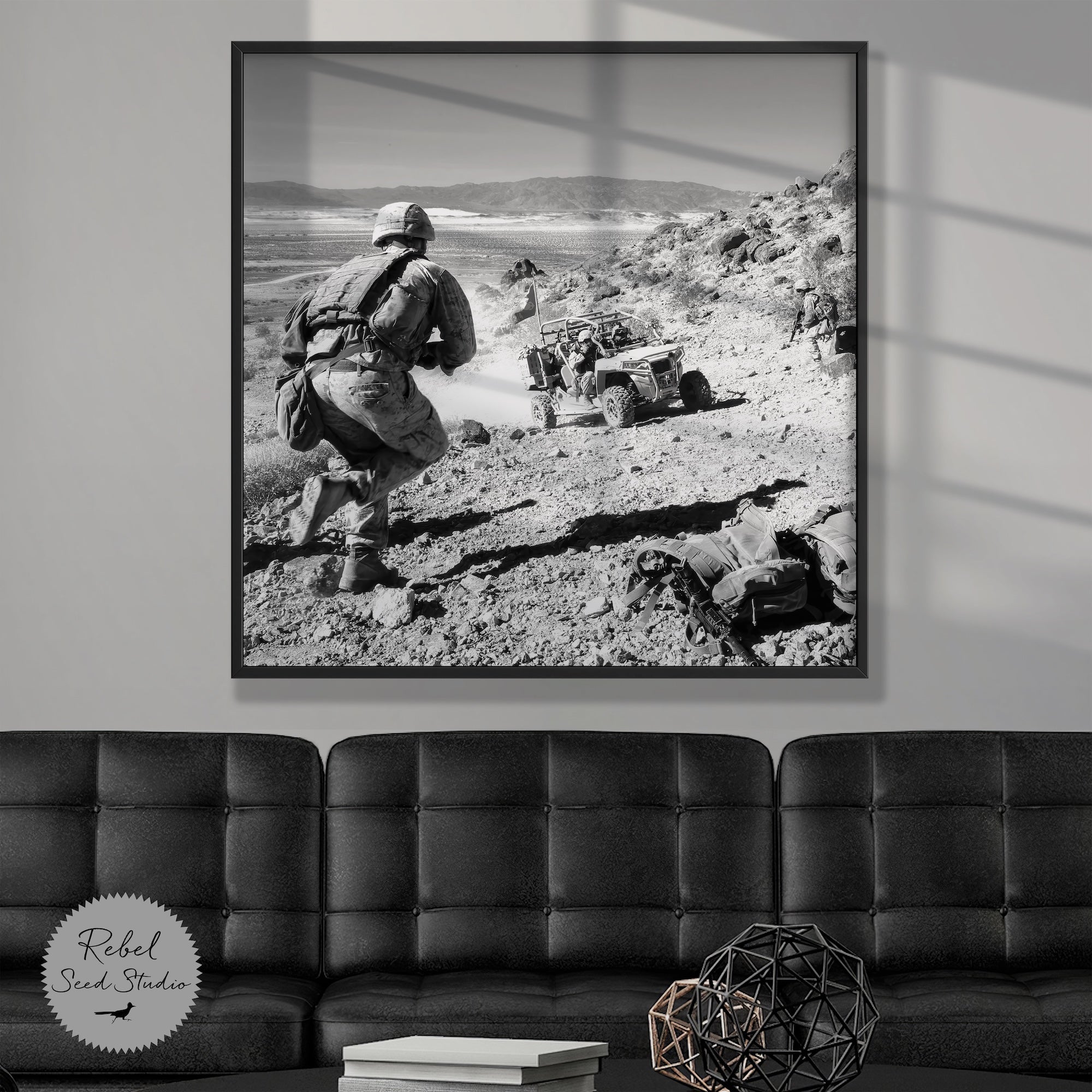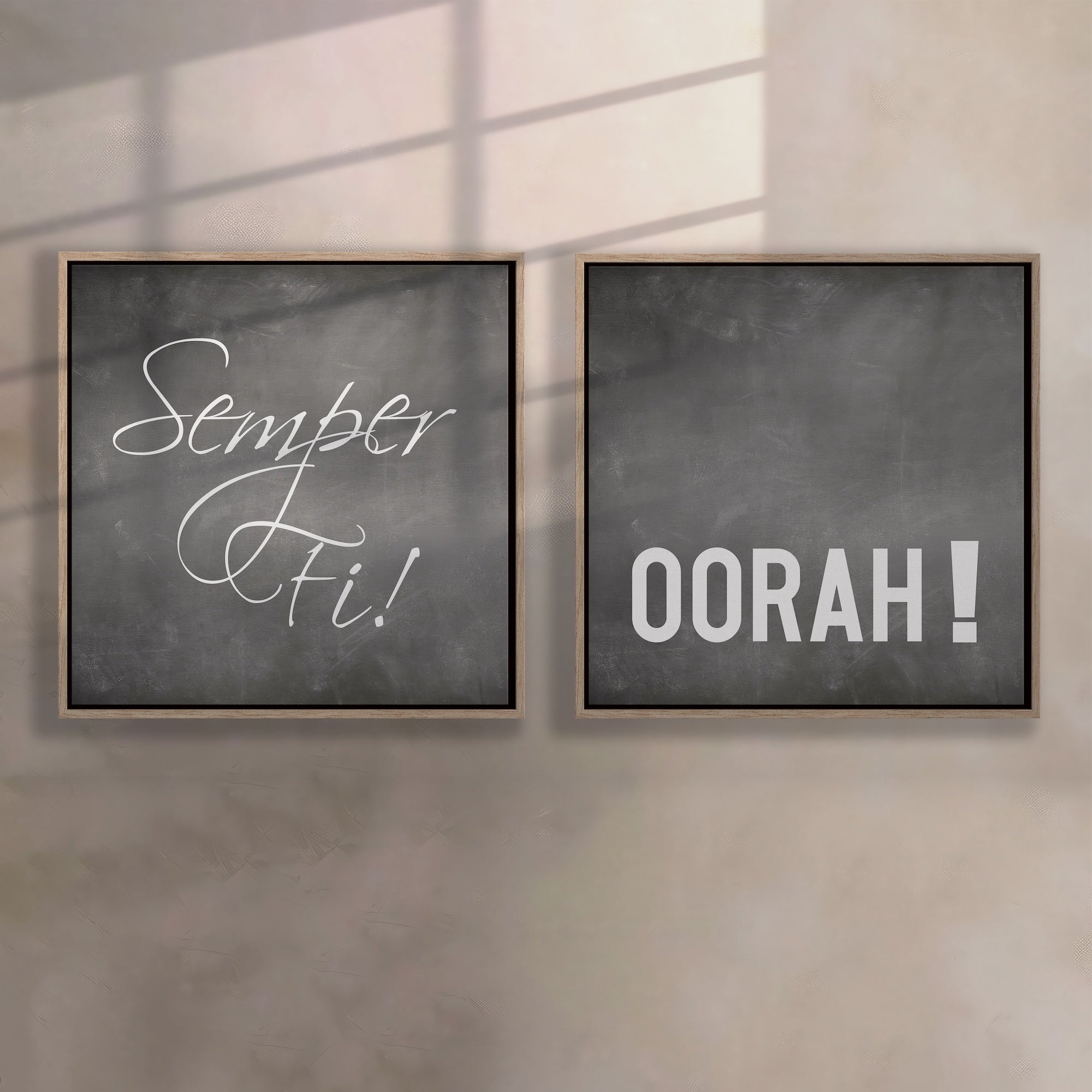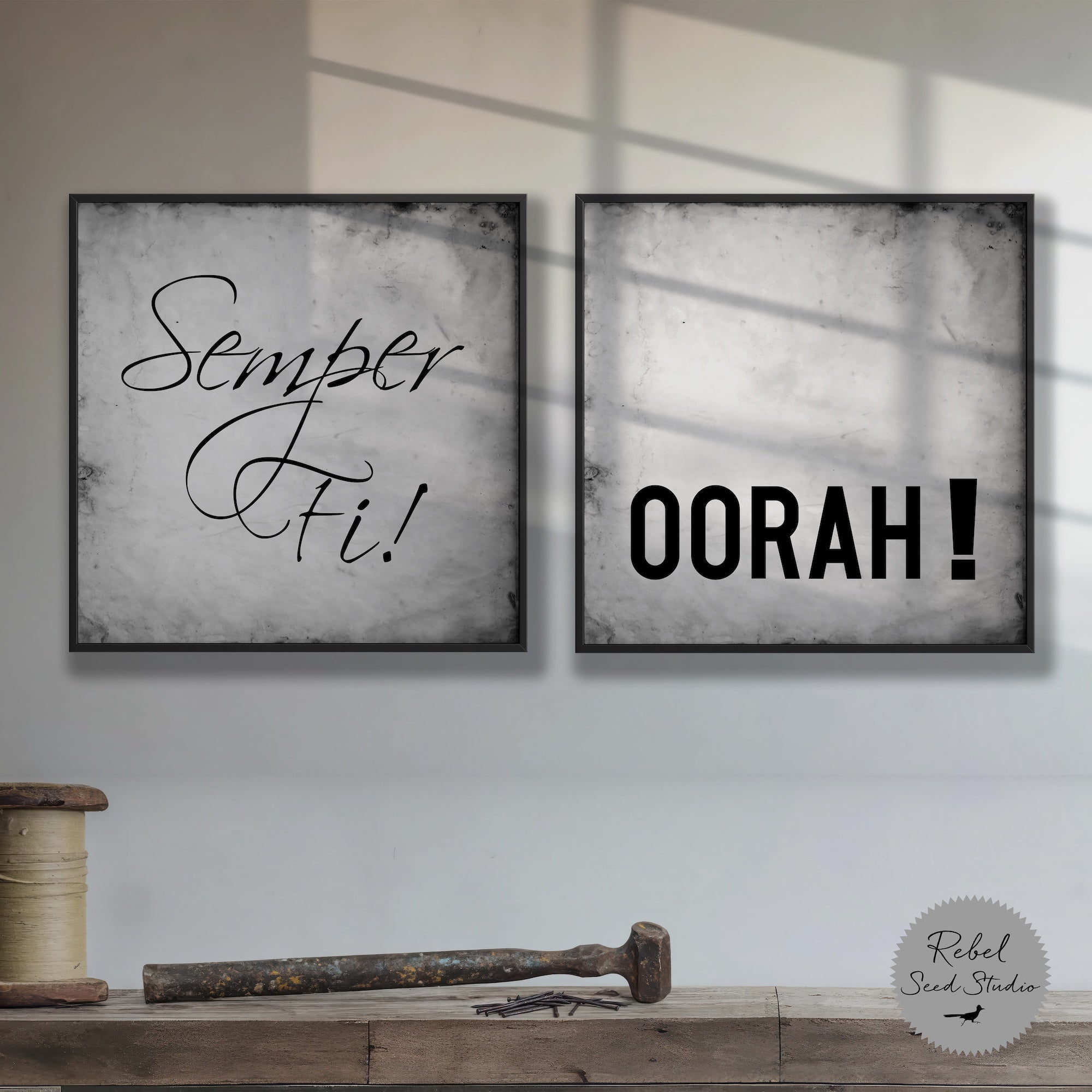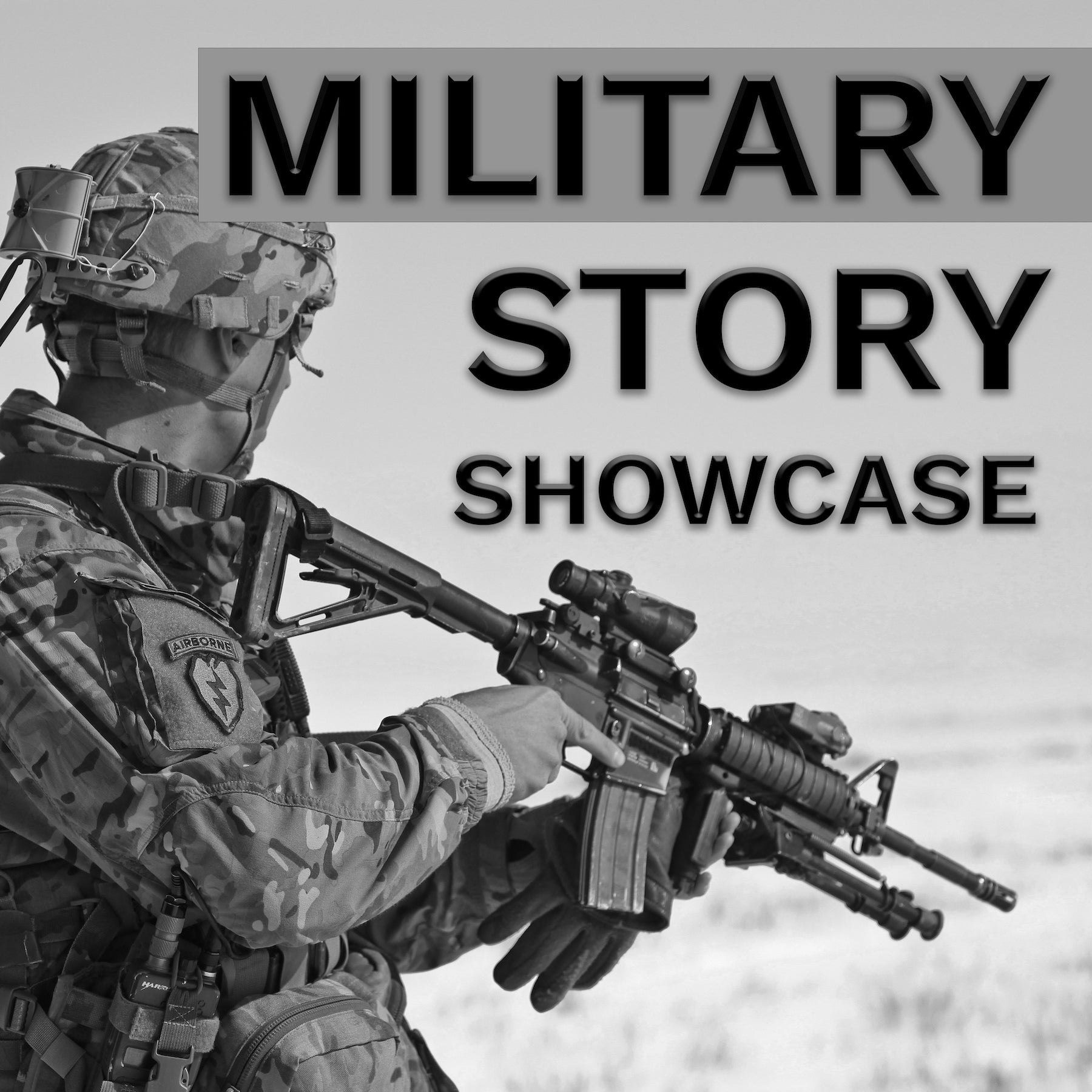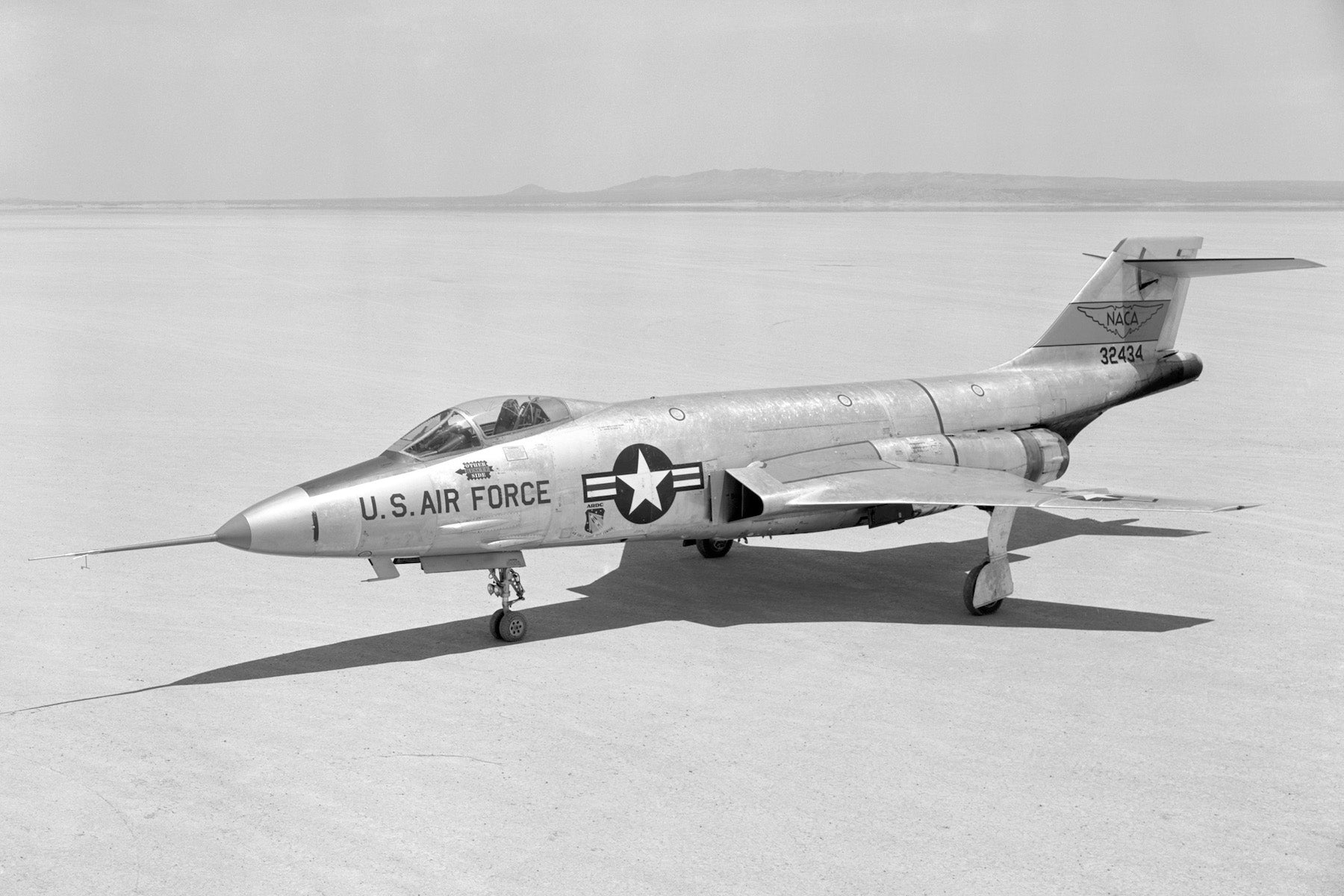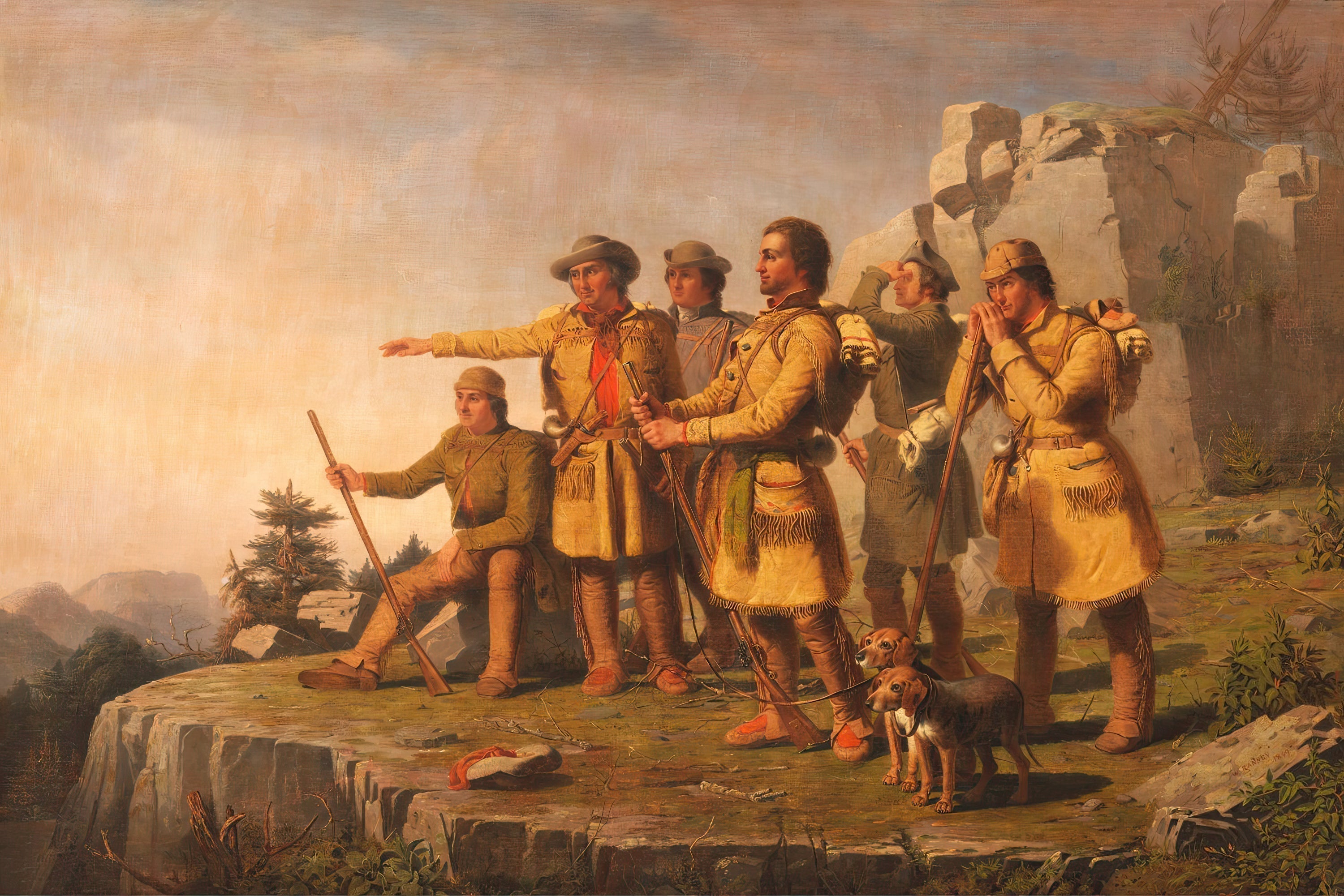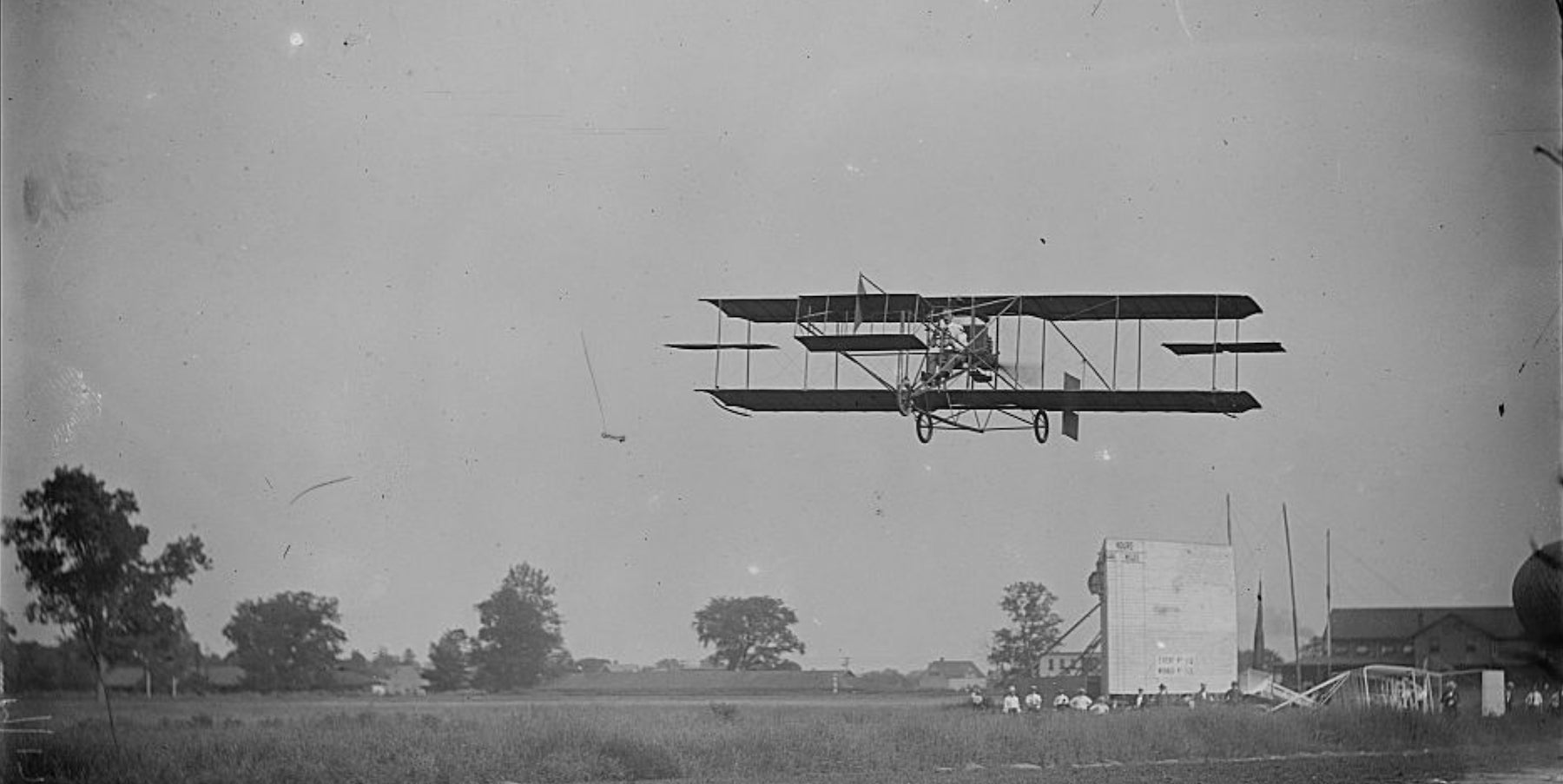
The Story of American Aviation: The Army and Navy Spread Their Wings (Book Excerpt)
Historical reprint from the book "The Story of American Aviation" written by Jim Ray in 1946.
It was in 1905 that the Wright Brothers had first offered to the Army a license to use their patents, but nothing came of it. Reports coming from Dayton during the next two years, concerning their flying activities, caused the newspapers to publish a number of articles about them.
President Theodore Roosevelt was a diligent reader, and several articles about the Wrights attracted his attention. One day he clipped one of these articles from a newspaper and scribbled across it one word: “Investigate!” He passed it along to his Secretary of War, William Howard Taft. In a short time the almost-forgotten Wright Brothers had a call from Brigadier General James Allen, U. S. Army Signal Corps. In the autumn of 1907 Wilbur Wright appeared in Washington to confer with the War Department.
A few months later, in July, 1907, an aeronautical division was established in the Office of the Chief Signal Officer of the Army. In December of that year the Army asked for bids on the construction of an airplane. The specifications called for a machine that could carry a weight of 350 pounds. It had to be able to remain in the air continuously for one hour with two passengers. During the flight the machine was required to remain under perfect control and to be capable of being steered in all directions. Its speed should be 40 miles-per-hour. The machine had to be built so that it could be taken apart and packed for transportation in army wagons. Then it had to be reassembled and put in flying condition in one hour.
By this time, inventors everywhere were working on flying machines, but the Wright Brothers were the only ones who put in an appearance with an airplane for the Army trials in September, 1908
Unfortunately the trial was a failure. The huge crowd gathered at Fort Meyer, Virginia, was horrified to see a propeller fly off and the machine crash, killing Lieutenant Tom Selfridge, the Army observer, and injuring Orville Wright. Tom Selfridge thus became the first American air martyr, and the future dimmed for the Wright Brothers and the airplane.
Fortunately, the Army considered the crash a result of material failure rather than a basic fault of the airplane. A year later, in July, 1909, Army trials again were held at Fort Meyer, with only the Wrights appearing on the scene. On July 30, Orville Wright, accompanied by Lieutenant (later Brigadier-General, retired) Frank Lahm, as the Army’s observer, flew around the course, and fulfilled, with ease, the Army’s speed and endurance specifications. The Army had its first plane, and on August 2nd formal acceptance was made - just six years after man had first flown in a heavier-than-air machine. Thus the U. S. Army was the first in the world to own a military airplane.
The United States Navy also had been giving an occasional glance toward the airplane. It had been represented at the Army trials by Lieutenant G. C. Sweet and Naval Constructor William McIntee. These observers were enthusiastic and reported: “The Navy must have airplanes.”
Another interested spectator was a young midshipman who had robbed his savings bank in order to witness the Army airplane trials. The young man was Donald Douglas. He, too, was most enthusiastic, but he left the trials with a vision, not of Army planes, but of giant passenger planes flying all over the world.
In the summer of 1910, air-meets at Boston and Belmont Park paved the way for the beginning of United States naval aviation. Lieutenant Charles A. Blakely, U.S.N., was ordered by the Navy Department to attend the Boston meet as an official observer. He not only observed, but he flew with Charles Willard in a Curtiss airplane. His report on the possibilities of the airplane was so enthusiastic that the Navy ordered Captain Washington Irving Chambers to keep the Navy Department informed concerning the progress of aviation in relation to its use in naval tactics.
Many of the older naval officers of that period were aligned against the airplane. They could not visualize a land airplane being used in connection with a sea-going Navy. Captain Chambers was interested in engineering and, furthermore, he was somewhat of a dreamer. But his dreams were practical. He came away from the Belmont Park air meet with the firm conviction that the airplane was satisfactory once it was in the air, and that it could be of great value to the Navy for scouting, gunfire observation, and bombing. However, to be of any great value, the airplanes must go to sea with the fleet. The airplane would offer the captain of a ship, or the admiral of the fleet, a magic power capable of revealing to them what lay beyond the horizon. This was Captain Chambers’ dream. The Navy was fortunate in having such a farseeing officer.
As there was available at that time no airplane capable of operating from the water, the Navy was forced to adopt the idea of using a land-plane. There had been considerable talk in 1910 of flying a land-plane off the deck of an ocean liner for the purpose of speeding transoceanic mail delivery. In fact, arrangements were then being completed for such a test from a Hamburg-American ocean liner in New York.
But Captain Chambers was not a man to allow the United States Navy to come in second in such an experiment. If an airplane could be flown from the deck of a vessel, let it be a Navy ship. The cruiser U.S.S. Birmingham was placed at the Captain’s disposal and he went to work immediately preparing for the first attempt to fly an airplane from the deck of a ship. He had a temporary platform erected on the fore deck of the Birmingham. It was built of planks, was 83-feet long and 28-feet wide, and sloped downward toward the bow of the ship.

As the Navy had no pilots, a civilian flier, Eugene Ely, was lent for the test by Glenn Curtiss, whose plane was being used. On Monday, November 14, 1910, in the most unfavorable weather, Ely rolled across the platform into the rain and mist. At the end of the platform his plane dived toward the water. Ely pulled up on his elevators and flew on. He landed on a sand bar after a flight of two and one-half miles, and another chapter in naval history was made.
Although successful, Eugene Ely’s flight from the deck of the Birmingham had little effect on the Navy’s conservative attitude toward aviation. At times, as the skeptical comments of naval officers continued, it appeared that Captain Chambers was being dared to prove the value of the airplane to the Navy. It was fortunate for the United States that the Captain was an officer willing to accept the challenge.
Captain Chambers asked for funds to purchase several of the existing types of airplanes for the purpose of training Navy personnel in the art of flying. As no money was available, the Captain had to continue his experiments in cooperation with aircraft manufacturers and civilian fliers. Spurred by the successful flight of Ely, Glenn Curtiss willingly aided Captain Chambers. Curtiss was so enthusiastic about the future of naval aviation that he approached the Navy Department with the offer to train, without cost to the service, an officer to fly. After considerable discussion in the Department, Lieutenant Theodore G. Ellyson, U.S. Navy, was ordered to join Curtiss.
Curtiss moved his flying activities to San Diego, California, in 1910, and it was there that Lieutenant Ellyson became the first American naval officer to learn to fly. This was eight years after the first flights of the Wright Brothers.
Curtiss had collected a group of skilled pilots to fly under his direction. In this group were McCurdy, Willard, Witmer, Ely, and the famous Lincoln Beachey. With this assemblage Curtiss was able to make great strides in the progress of flying and aircraft development. Curtiss and Captain Chambers, working closely together, laid their plans for proving to the Navy Department the capabilities of the airplane. Both men were convinced thoroughly that it was possible to take off in an airplane from the deck of a ship, fly to a designated spot, fly back, and land on the deck. There was a great amount of ridicule at this idea, but Curtiss and Chambers went ahead with their plans and erected a 120-foot platform on the deck of the cruiser U.S.S. Pennsylvania.

On January 18, 1911, a Curtiss land-plane, with Eugene Ely at the controls, soared from the deck, circled out over the water, and approached the cruiser. Twenty-two pairs of fifty-pound sandbags were attached to lines drawn taut across the deck platform. The plane was equipped with steel hooks for use in catching the deck lines. Ely flew in at the speed of 39-miles an hour. Sailors aboard the Pennsylvania ducked for cover, expecting the plane to overshoot the platform. Just as he reached the end of the platform, Ely pulled up the nose of his ship, and cut off the engine. The plane settled to the deck. Then and there were the beginnings of what eventually was to become the most effective weapon of the United States Navy - the aircraft carrier.
During the winter of 1911, Curtiss designed the first American seaplane, or hydroplane as it was then called. On January 26th, he made a flight of 31-seconds and landed smoothly on the water. That afternoon he made a number of flights, to the delight of the crowds that lined the Coronado shores of the Spanish Bight off San Diego. Little did the onlookers dream that, years later, flying boats of the United States Navy would fly over the Seven Seas, even remaining aloft for a day at a time.
In addition to Lieutenant Ellyson, Captain Chambers succeeded in having Lieutenants John H. Towers and John Rogers ordered to report for flight instruction. These three men became Navy Pilots One, Two and Three. Pilot Number 3 was Lieutenant (later Vice Admiral) John H. Towers, who made his name synonymous with the progress of naval aviation. In July, 1911, the United States Navy took delivery of its first airplanes, one Wright and two Curtiss land-planes. Later that year, the Navy established its first aviation camp on the banks of Severn River just across from the Naval Academy at Annapolis, Maryland.
During this time the United States Army was making some progress with military aviation. In March, 1911, Congress was prevailed upon to appropriate $125,000 for aeronautics. The Army bought three more airplanes, the first since the purchase of one Wright airplane in 1909. In July, 1911, the first military aviation school was established at College Park, Maryland. The Army’s first instructor was Army Pilot Number 1, Lieutenant Frank Lahm. The first students were Lieutenants Benjamin Foulois, Thomas Milling, and the man who was destined, thirty-two years later, to lead the world’s greatest air force, Henry H. (“Hap”) Arnold, Commanding General, United States Army Air Forces during World War II.
Flying in two Wright and one Curtiss biplanes, the fledgling Army fliers conducted experimental work in aerial photography and radio. But these forward-looking young men, even then, saw the airplane as a weapon and began seeking ways of dealing out destruction to an enemy. They fired machine guns at ground targets, tested a bomb sight, and dropped small bombs from their planes.


